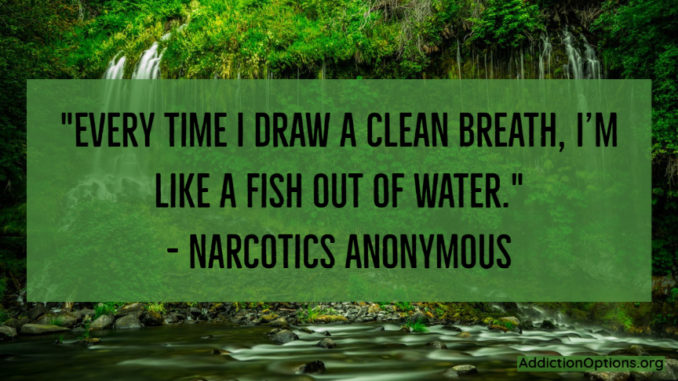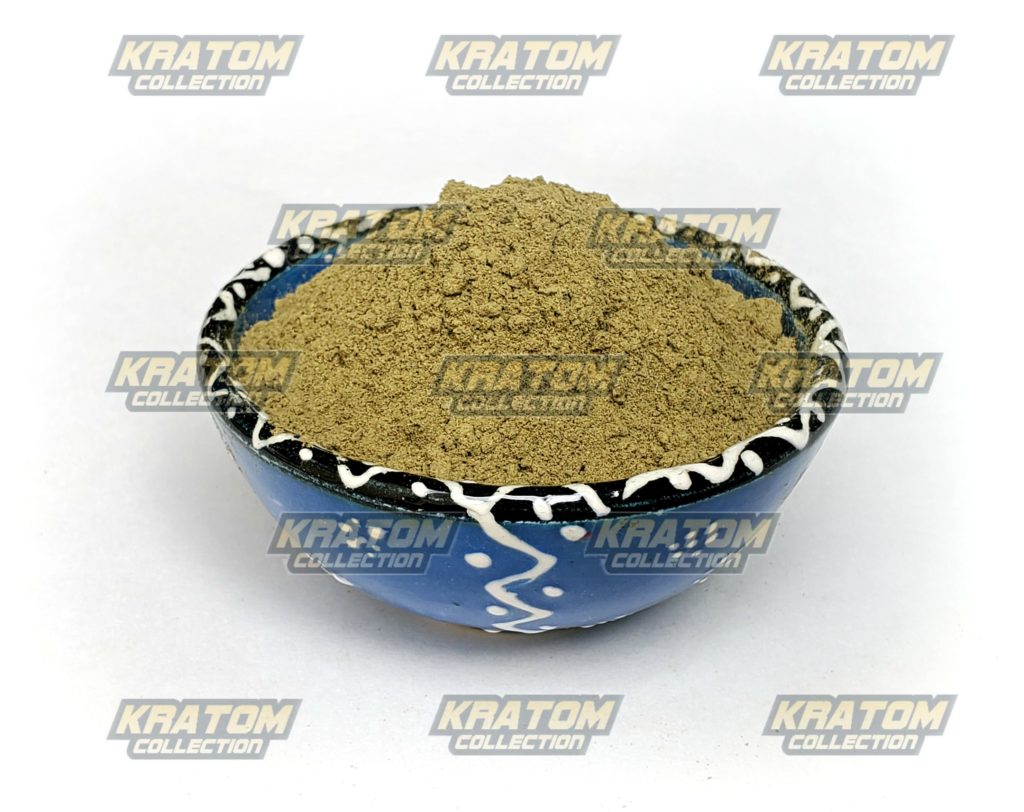
Many people don’t realize that the intense pain you have can cause real problems in your life. Sometimes all you can think about is how to make it stop. Pain affects your ability to perform simple daily tasks. You can also begin to dread tasks that you know will cause the pain to get worse. If your pain is bad, your doctor may give you opioids to relieve it. But if you build up a tolerance to the drug you may take more and suffer an opioid overdose.

Opioids have been used to treat pain for centuries. They are also used to get high. Many people don’t realize that the drug your doctor gives you, and heroin, come from the same plant, the poppy. This is why it is important for you to follow carefully the directions for the drug. If you find that it no longer helps the pain, tell your doctor. Your doctor could change the dosage or the drug itself. If you work with your doctor you will be able to manage your pain without having a drug overdose. It is important to understand that even though your doctor prescribed it, it is still a dangerous drug. According to the CDC’s opioid overdose statistics, 41 people per day died from prescription opioid overdoses in 2018. It is a good drug, but you must respect it.
What Are the Opioid Overdose Symptoms?
Opioids by nature can make you feel tired or make you sleepy. They are powerful pain killers which is why they are used. But as with most drugs, there are risks and opioids are no exception. Just because your doctor prescribed the drug doesn’t mean you can’t overdose on it. Another important fact you should know is that opioids can interact with other drugs. If you are taking drugs for other problems, be sure to tell the doctor that treats your pain. You could overdose because the pain drug reacts with a drug you take for anxiety, tense muscles, or insomnia. All of these drugs cause drowsiness which could result in an overdose when taken in conjunction with opioids. Talk to your pharmacist or your doctor regarding the taking any of these drugs together. They can tell what to take when and how much to take, or not to take.
You should always watch for an overdose. The signs of an opioid overdose are pretty specific. American Addictions Centers lists these signs that you should on the lookout for:
- Delirium or seeming drunk
- Pinpoint pupils
- Vomiting
- Unable to wake up
- Loss of consciousness on and off
- Slow or irregular breathing
- Not breathing
- Cold or clammy skin or a bluish color around the lips or fingernails
What Steps Do You Take for an Opioid Overdose?
If you see any of these symptoms, it is time to take action. Call 911 then tap, shake or shout at the person to see if they respond. If you have naloxone, give it to the person. The directions are on the package. If they have shallow breathing, perform mouth-to-mouth resuscitation. When victims are vomiting lay them on their side with their mouth to the side and down. While you wait for emergency responders and you know CPR, administer it if the victim has no pulse.
If someone you know overdosed on opioids, it could be time to seek opioid treatment. When a person is legitimately using opioids to treat pain, it may be hard for them to realize they are addicted. They may tell you they don’t need help, they can’t afford it, or they don’t want the stigma attached to rehab. All of these are valid points. But what other methods are available?
The one problem with opioid addiction is that there can be withdrawal symptoms. Frequently, you can treat opioid withdrawal with medications such as methadone, buprenorphine, and naltrexone. But these drugs come with their own problems and side effects.
If you go into rehab, even as an outpatient, you could be successful if you try behavioral therapy or counseling. Both work well, depending on the individual and the therapist. Support groups and 12-step programs are sufficient for many people.
What makes it so difficult to turn away from opioids, aside from the fact that they kill the pain, is that they release a chemical in your brain that makes you feel good. It is called dopamine. Whether you opt for behavioral therapy, medication, support groups, or it is difficult to replace that feeling. It is probably one thing that led to the opioid epidemic in this country.
Are There Natural Alternatives to Using Opioids for Pain?
The good news is that there are natural alternatives to opioids for pain. In addition to working well, they also work in a similar chemical fashion. They also activate the dopamine receptors that opioids activate to kill the pain. It is also what makes them addictive. The natural alternatives, kratom and CBD specifically, do not carry the addictive problem that the chemically produced opioids do and can also be used to wean yourself off of the opioids that you are on. This means that not only do you have alternatives for pain relief, but also alternatives for opioid addiction.
One option that will help you with the side effects of opioid withdrawal is CBD and is likely your best choice. Though it comes from marijuana it does not have THC, which is the component that makes you high and also that is illegal. CBD is good for relaxation and it does bring relief for some types of pain.

There are alternatives to opioids for your pain relief and Kratom is what you want to use. Kratom is a plant that is native to Southeast Asia. Different countries grow different strains and each strain has different properties. Kratom’s leaves have different colored veins. These colors are related to the properties each strain has. The colors are red, green, and white.
Red Bali is highly recommended as a Kratom strain for pain. It handles pain well and it is fast-acting. It also works for longer periods of time than other strains. Since it does have some sedative effects, it is best used when you don’t care if you fall asleep. If you need to move around you can combine it with a green strain or use it in moderate doses.
Natural Alternative for Opioid Withdrawal
If you are looking to treat opioid withdrawal symptoms, then try the Maeng Da strain. Aside from relieving pain it is useful in combating the side-effects of opioid withdrawal. Many people also combine it with the white strain to feel more energetic during the withdrawal process.
